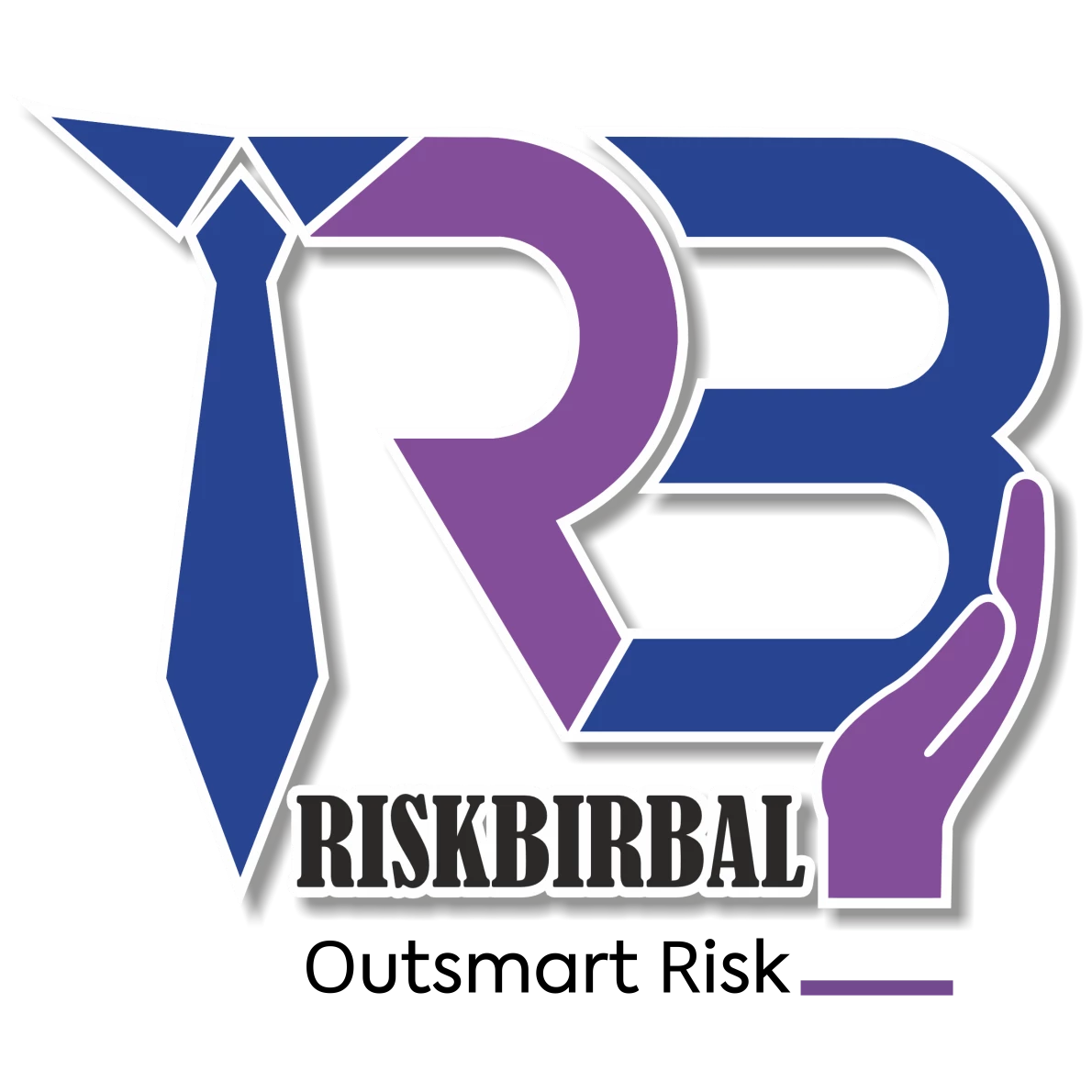Fire Risks in Hospitals: A Comprehensive Guide
Hospitals are places where we seek mending, care, and support during times of illness. While they’re pivotal for our well-being, it’s essential to be apprehensive of implicit risks, especially the risk of fires. In this comprehensive companion, we will explore the angles of fire risks in hospitals, understand the causes, and claw into effective prevention and mitigation styles. Fire Risk in Hospitals: Fires in hospitals can have severe consequences due to the presence of vulnerable cases and sensitive equipment. Understanding the fire risk is essential to produce a safer healthcare terrain. In Visakhapatnam, at Indus Hospital, there was a fire incident. This means that there was a situation where something in the hospital caught fire. It’s a real-life example that shows why it’s pivotal to be careful about fire risks in hospitals. This incident reminds us why we need to pay attention to safety measures and work together to help similar situations in the future. It’s a memorial that indeed in places meant for mending, we need to be redundant conservative to keep everyone safe. Causes of Fire in Hospitals Fires need three effects to start and keep going — fuel, oxygen, and heat. This triad is known as the fire triangle. In hospitals, implicit fire hazards can include • Electrical Malfunctions Faulty wiring, overfilled circuits, or malfunctioning electrical equipment can lead to electrical fires. Hospitals, with their expansive use of medical equipment, machinery, and electronic devices, are particularly susceptible to electrical issues. • Medical Equipment Some medical devices, especially those using heat or electricity, can malfunction and beget fires. This includes equipment similar to MRI machines, X-ray machines, and surgical spotlights. • Oxygen-rich surroundings Hospitals frequently have oxygen to help cases breathe more. Indeed, though it’s pivotal for taking care of cases, oxygen can make fires stronger. However, it can make a fire more violent, If there is a lot of oxygen around. • HVAC Systems In hospitals, the systems that control the heat, air, and ventilation can be a problem if they are not taken care of. However, it could make sparks and indeed start a fire, if dust builds up or the corridor inside stops working right. Keeping these systems in good shape is important to avoid this peril. • Emergency Generators While emergency generators are pivotal for ensuring nonstop power during outages, they can pose a fire risk if not duly maintained. Energy systems, exhaust systems, and electrical factors must be regularly audited. Prevention and Mitigation Methods: Preventing and mitigating fire risks in hospitals requires a combination of mindfulness, preparedness, and adherence to safety protocols. 1. Hospital fire compartmentation Fire compartmentation in a hospital is vital to prevent fire from spreading vertically and indirectly into different areas. Hospitals are divided into fire chambers, each of which acts as a tone-contained unit via fire-resistant walls and flooring. To ensure the integrity of compartmentation, there can be no gaps between the doors, walls, or ceilings in the hospital. It’s no good having a fire-resistant door if there are gaps between the door and its frame. poisonous smothers and smoke can fluently pass through ordinary doors, which is why regulations state that it’s necessary to seal them. 2. Fire Risk Assessment Conducting regular fire risk assessments in hospitals involves a methodical evaluation of implicit fire hazards, vulnerabilities, and fire safety measures within the installation. Several styles and approaches can be used to perform these assessments. Fire Safety Inspection Checklist: Develop a comprehensive roster covering aspects of fire safety, including fire discovery systems, emergency exits, evacuation routes, electrical systems, the storehouse of ignitable material, and conservation of fire suppression equipment. Hazard Identification and Risk Assessment (HIRA): Implement the HIRA process to identify and assess implicit fire hazards and associated risks within the hospital. This involves relating hazards, assessing the liability and inflexibility of implicit consequences, and prioritizing conduct to alleviate risks. Fire Safety Audits: Conduct periodic fire safety checkups led by good fire safety professionals or external advisers. These checkups involve a comprehensive review of the hospital’s fire safety programs, procedures, and structure to identify scarcities and areas for enhancement. Fire Risk Assessment Software: Implement technical software tools designed for fire risk assessments. These software platforms allow uses to input applicable data about the hospital’s structure, residency, fire protection systems, and exigency response capabilities. 3. Fire suppression & detection System Fire detection and suppression systems used in hospitals are pivotal for ensuring the safety of patients, staff, and doctors, as well as guarding the installation’s structure and precious medical equipment. These systems are designed to describe fires beforehand, alert inhabitants, and suppress or contain fires to prevent them from spreading fleetly. Ionization Smoke Detectors: These sensors are sensitive to small patches produced by fast-flaming fires and are frequently used in areas where fires can develop fleetly, similar to utility rooms or storehouse areas. Fixed Temperature Heat Sensors: These sensors spark when the ambient temperature reaches a preset threshold, indicating the presence of a fire. They’re frequently used in areas where smoke sensors may not be suitable, similar to kitchens, laundry apartments, or mechanical apartments. Rate-of-Rise Heat Detectors: These sensors spark when the temperature rises fleetly over a short period, indicating the presence of a fire. They’re suitable for areas where smoke sensors may be prone to false admonitions due to high situations of dust, brume, or other pollutants. Automatic sprinkler systems are one of the most effective styles for suppressing fires in hospital settings. These systems correspond to a network of pipes, sprinkler heads, and a water force. When a fire is detected, the sprinkler heads closest to the fire spark, releasing water to suppress or extinguish the dears. Sprinkler systems help contain fires, help them from spreading, and give fresh time for evacuation and emergency response. Clean agent suppression systems: Use gassy agents, similar to FM- 200 or Novec 1230, to
